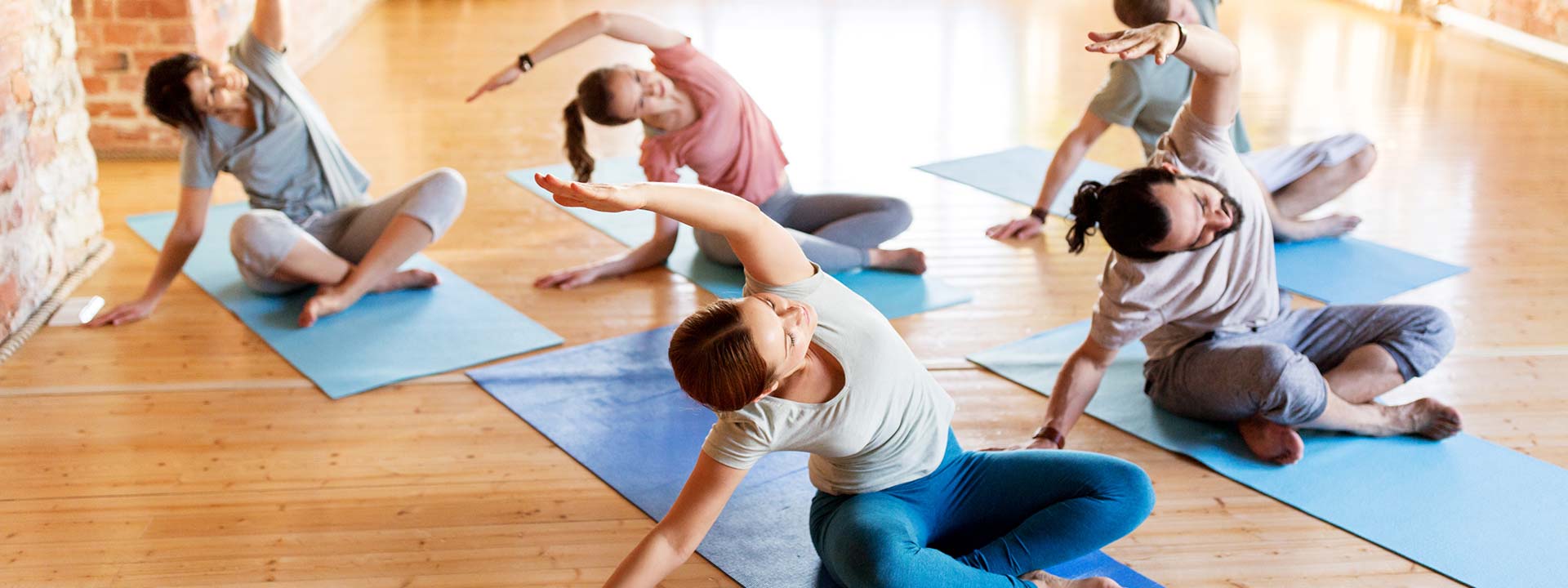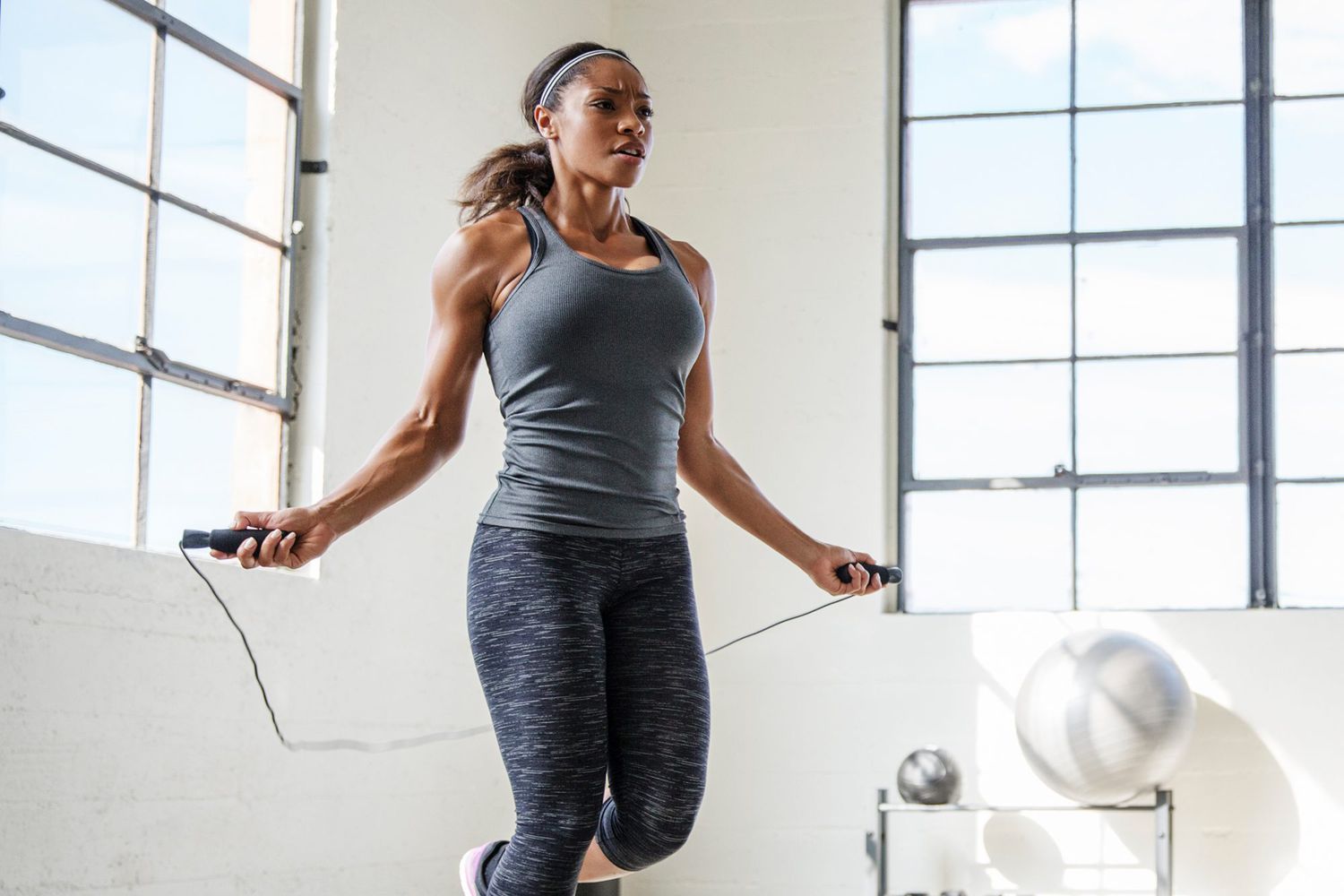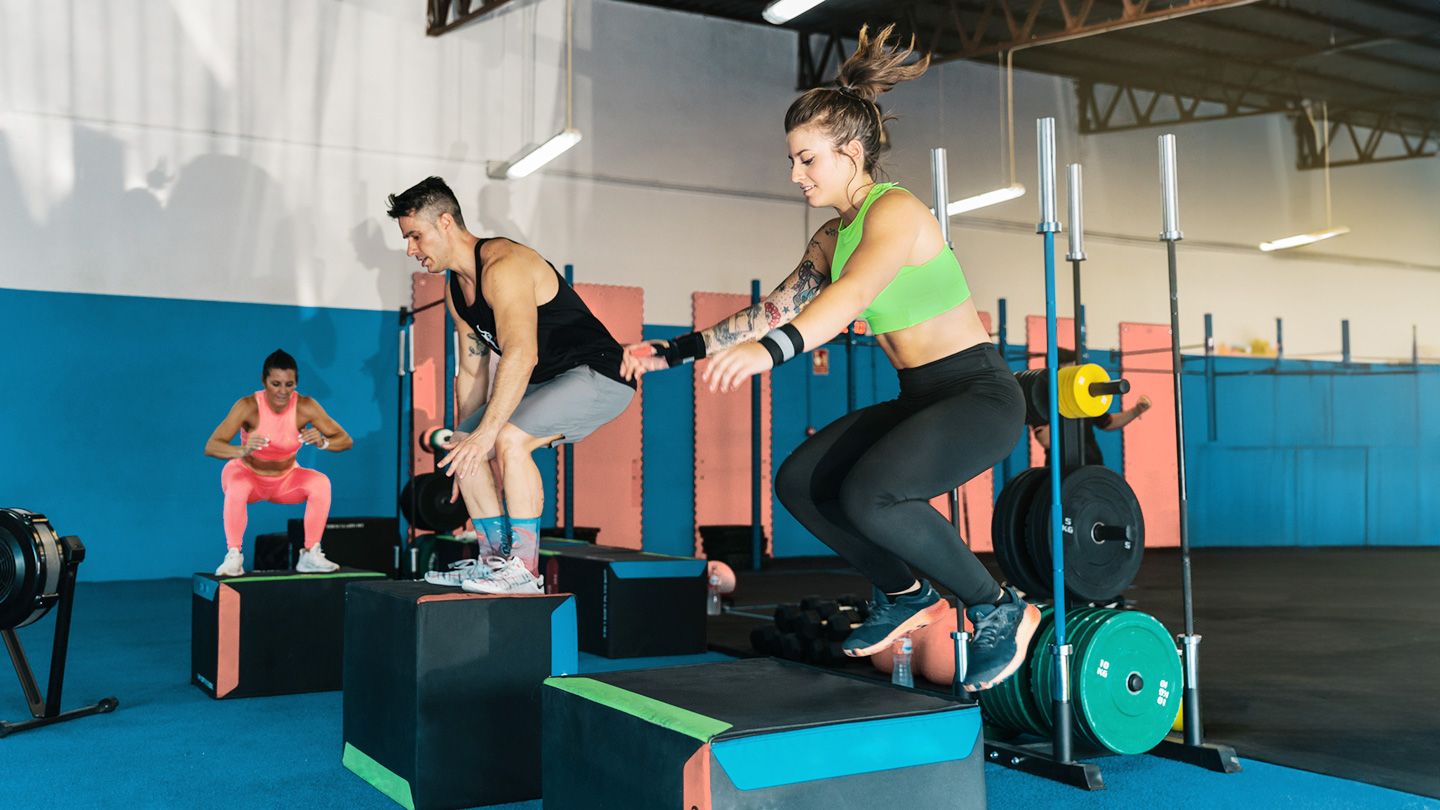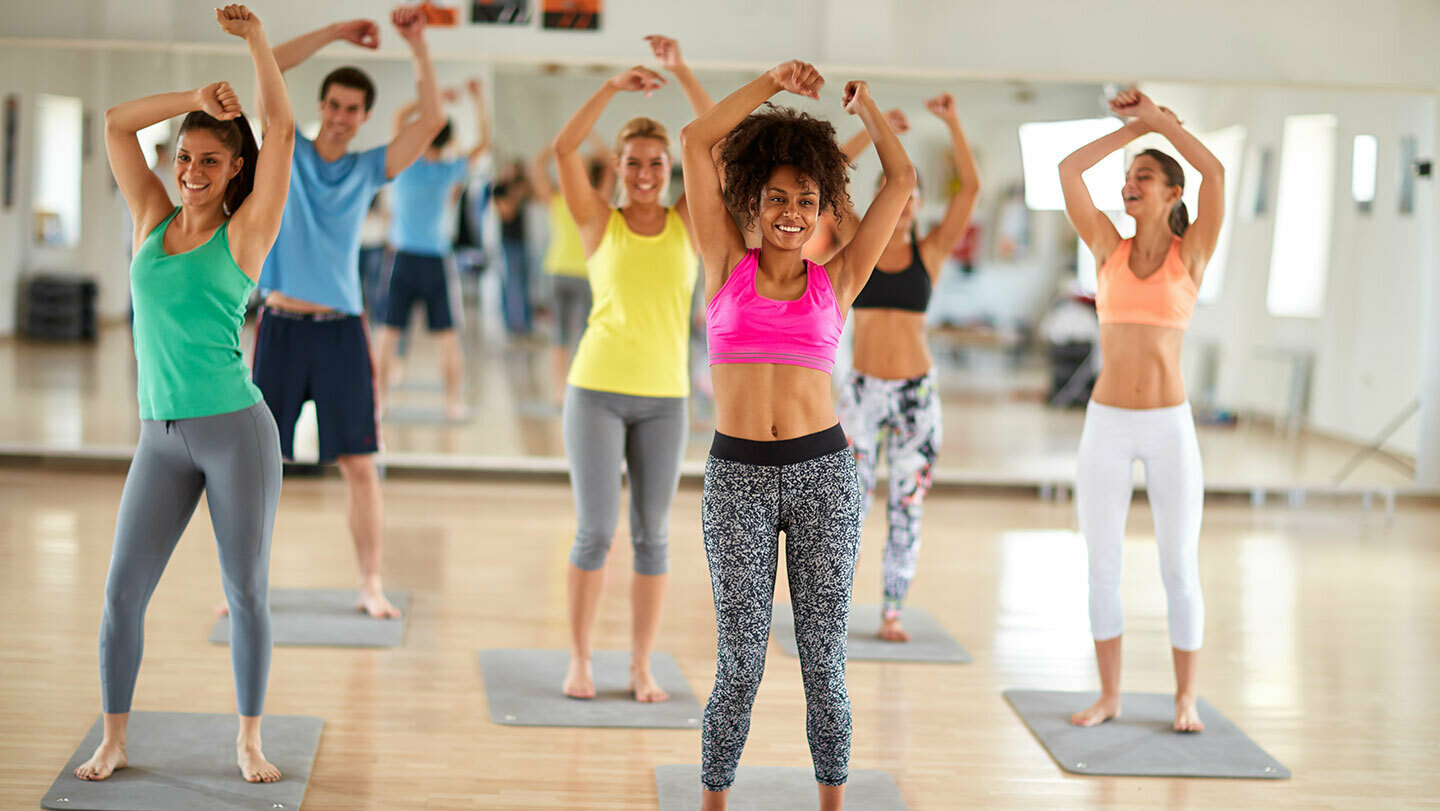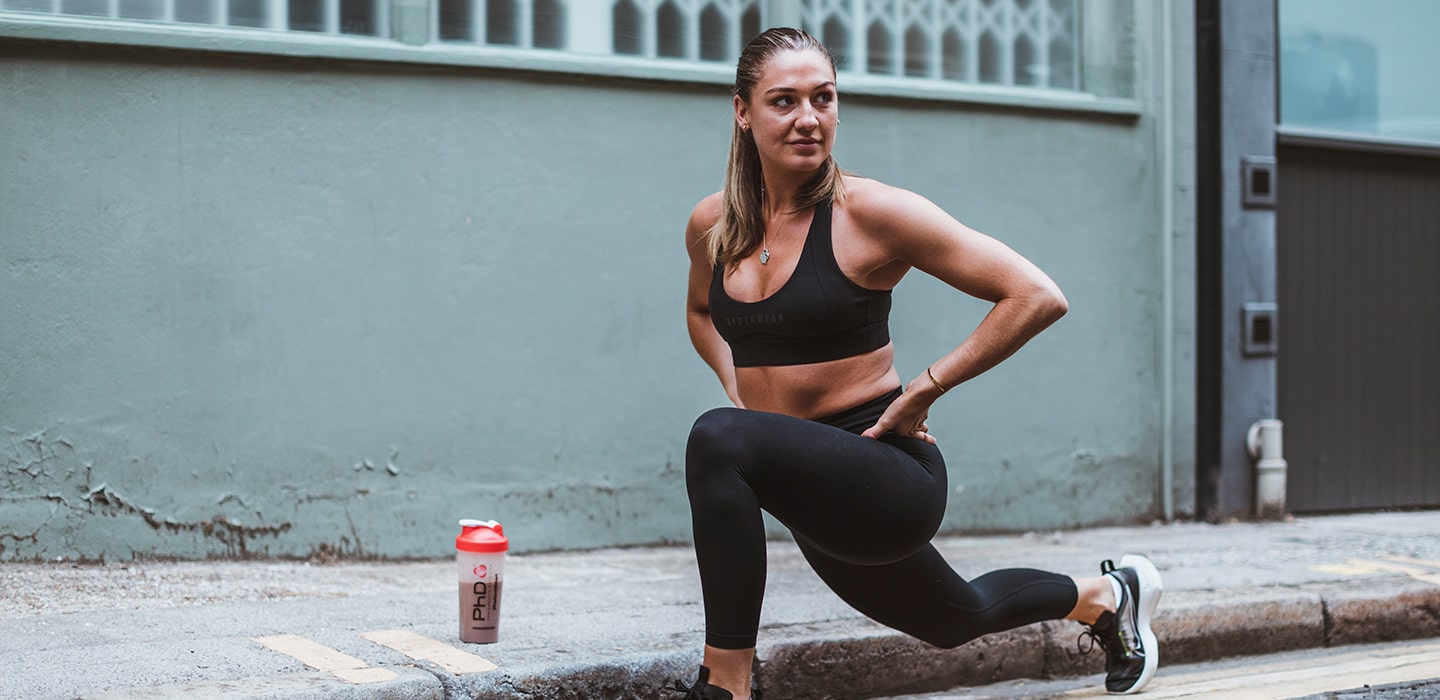Balance training is essential for maintaining stability and improving your overall fitness. Many people overlook the importance of balance in their workout routines, but it plays a crucial role in physical activity and your quality of life. To enhance your stability, incorporating specific exercises into your routine can make a significant difference in your daily movements and prevent injuries.
In this article, you will discover seven effective exercises that can boost your balance and stability, whether you’re a beginner or more advanced in fitness. These exercises can be easily incorporated into your daily routine and will help you progress in your stability training, giving you a solid foundation for all types of physical activities. You’ll learn how to tailor these movements to your fitness level, making it accessible for everyone.
Improving your balance not only enhances your athletic performance but also supports a more active lifestyle. By focusing on strength and control, you can elevate your physical capabilities and enjoy a better quality of life.
Key Takeaways
- Balance training is important for injury prevention and overall fitness.
- These exercises can be adjusted for different fitness levels.
- Improved stability enhances your daily activities and quality of life.
Fundamentals of Balance and Stability
Balance and stability are crucial for many physical activities. They help you move safely and efficiently in everyday tasks and sports. Understanding the components of balance and the role of core muscles is key to developing these skills.
Understanding Balance and its Components
Balance involves keeping your body stable while in motion or stationary. It relies on three main systems: the vestibular system, visual input, and proprioception.
- Vestibular System: Located in your inner ear, this system helps you sense your body’s position and movement.
- Visual Input: Your eyes provide information about your surroundings. They help you make adjustments to maintain balance.
- Proprioception: This is your body’s sense of where it is in space. It allows you to react without looking.
When these systems work together, you can respond quickly to changes, improving your overall stability. Regular practice of balance exercises can enhance these systems, making everyday movements easier and safer.
The Role of Core Muscles in Stability
Core muscles are vital for maintaining balance. They include the muscles around your abdomen, lower back, and pelvis. A strong core supports your spine and helps control movements.
You rely on your core for tasks like standing on one leg or twisting your body. Engaging these muscles improves posture and reduces the risk of injury.
To strengthen your core, incorporate exercises like planks and bridges into your routine. Strong core stability enhances your balance and allows you to perform physical activities with confidence.
By focusing on both balance components and core strength, you can improve your stability for various sports and daily tasks.
Key Balance Exercises for Enhanced Stability
To improve your balance and stability, you can practice specific exercises. These activities target various muscle groups, enhance coordination, and help build strength. Here are four effective exercises for better stability.
Tree Pose for Centered Stability
Tree Pose is an excellent way to build balance and strengthen your lower body. Start by standing tall with your feet together. Shift your weight to one leg and lift the opposite foot, placing it on your inner thigh or calf—avoid the knee. Press your foot into your leg and your leg back into your foot.
Focus on a spot in front of you to maintain balance. Hold this position for 20 to 30 seconds, breathing steadily. Then, switch to the other leg. This exercise not only improves your balance but also engages your core muscles for added stability.
Heel-Toe Walk to Improve Coordination
The Heel-Toe Walk is a simple yet effective exercise to work on coordination and balance. Begin by standing straight with your arms at your sides. Take a step forward with one foot, placing the heel of that foot directly in front of the toes of your other foot.
As you walk, keep your eyes straight ahead and engage your core. Try to maintain a straight line with each step. Aim to do this for about 10 to 15 steps. This exercise enhances your overall stability and helps train your body to keep balance during movement.
Flamingo Stand for Single-Leg Strength
The Flamingo Stand is a great single-leg exercise that helps improve balance and strength in your legs. Start by standing on one leg with your other foot lifted slightly off the ground. You can bend the lifted leg at the knee, keeping it close to your body.
Try to maintain your balance for 20 to 30 seconds. For added challenge, close your eyes or have someone gently push you to test your stability. Switch legs and repeat. This exercise strengthens the stabilizer muscles in your legs, promoting better balance in everyday activities.
Plank Variations for Core Conditioning
Plank variations, like the plank with elbows on a stability ball, engage your core while improving balance. Start with your elbows resting on the stability ball and your feet on the ground. Make sure your body forms a straight line from head to heel.
Hold this position for 20 to 60 seconds, keeping your core tight. You can also try lifting one leg or arm to increase the challenge. This exercise focuses on building core strength, which is essential for maintaining balance during other activities. Incorporating core exercises into your routine will greatly enhance your overall stability.
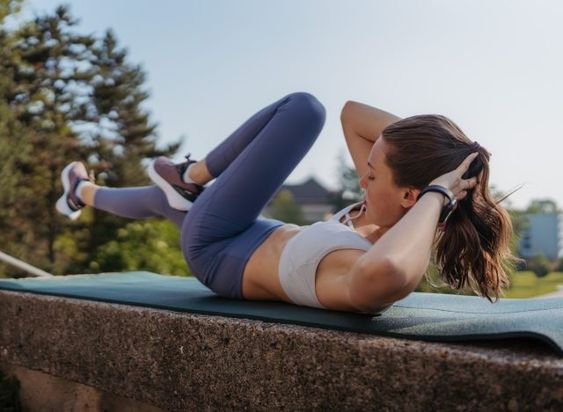
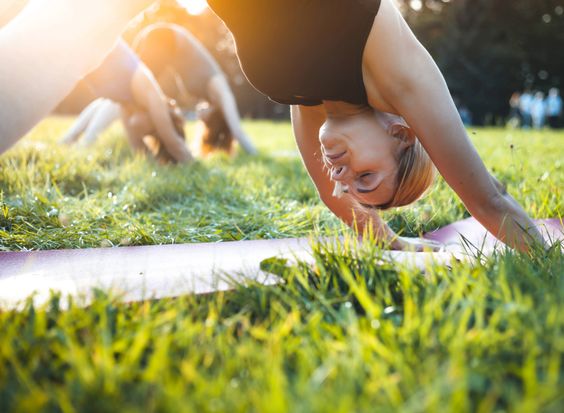
Exercise Programs for Different Fitness Levels
Different fitness levels require specific balance training approaches. Tailoring your exercises to suit your needs can enhance safety and effectiveness. Here are some programs focusing on key demographics and activities.
Balance Training for Older Adults
Older adults often face unique challenges with balance. Simple exercises can greatly improve stability. Start with basic standing exercises like:
- Single-leg stands: Stand on one leg for 10-30 seconds.
- Heel-to-toe walks: Place one foot directly in front of the other.
Using sturdy furniture for support can provide safety. Aim for 2-3 sessions per week, focusing on low-impact moves. Consider adding chair yoga, which offers gentle stretching and strengthening. Always prioritize good posture, as it plays a vital role in balance.
Incorporating Yoga and Tai Chi into Routines
Yoga and Tai Chi are excellent for improving balance. They promote flexibility and body awareness. To get started, choose beginner classes or online videos that guide you through the basics.
In Yoga, focus on postures like:
- Tree Pose: Helps improve one-leg balance.
- Warrior III: Strengthens core and legs.
Tai Chi involves slow, controlled movements that enhance stability. It can reduce the risk of falls for all ages. Aim for 30 minutes, 2-3 times a week. Both practices are mindful and can integrate breathing techniques, further enhancing your fitness routine.
Structured Warm-Up and Cool-Down Practices
Injury prevention is key in any exercise program. Begin with a structured warm-up to prepare your body. Spend 5-10 minutes doing light cardio, such as walking or easy marching in place.
Incorporate dynamic stretches, like:
- Arm circles
- Leg swings
After your balance training, cool down to promote recovery. Spend a few minutes doing gentle stretches, focusing on major muscle groups used during your workouts. This routine enhances overall fitness and aids flexibility. Being consistent with warm-ups and cool-downs can optimize your workout and enhance balance training benefits.
Advancing Your Stability Training
To enhance your stability training, it’s essential to progress from basic exercises to more challenging movements. This can lead to better body awareness, core stability, and overall fitness. By incorporating dynamic exercises and advanced techniques, you can effectively improve your strength and prevent falls.
From Static to Dynamic Stability Exercises
Static exercises, like holding a balance position, are great for beginners. They help build a strong foundation. However, to advance, you should move to dynamic stability exercises. These include movements that require balance while changing positions.
For instance, try a single-leg deadlift. Start by standing on one leg and gently leaning forward as you extend the other leg behind you. This challenges your core, improves posture, and enhances overall stability.
Incorporate exercises like plank variations or balance board routines. These can help increase mobility and challenge your core in new ways. As you practice, you will notice improvements in your balance and agility.
Challenging the Body with Split Squats and Advanced Movements
Split squats are an excellent way to build strength while focusing on stability. To perform this exercise, step forward with one leg, keeping the back knee close to the floor. This movement helps improve mobility and engages your core effectively.
You can also try lateral lunges or step-ups. These exercises require you to adjust your balance as you move, enhancing your body awareness. Make sure to focus on your form to protect your knees and lower back.
Additionally, consider incorporating weighted movements, such as dumbbell split squats. They add intensity and develop strength in your legs and core. Progressing to balance challenges like yoga poses or unstable surface training can further enhance your stability training.
